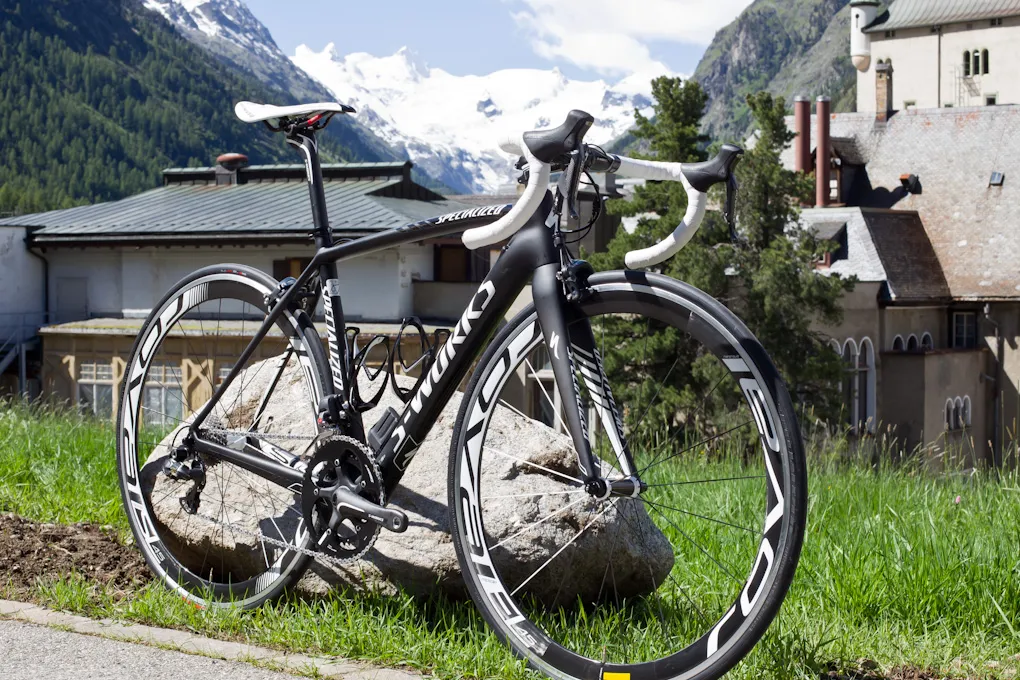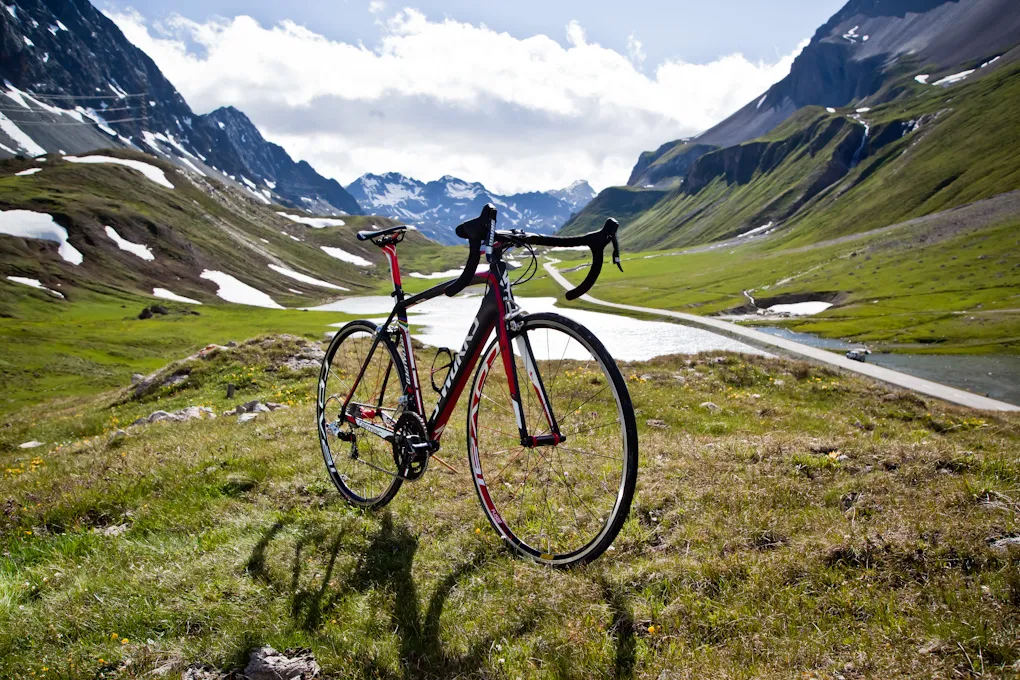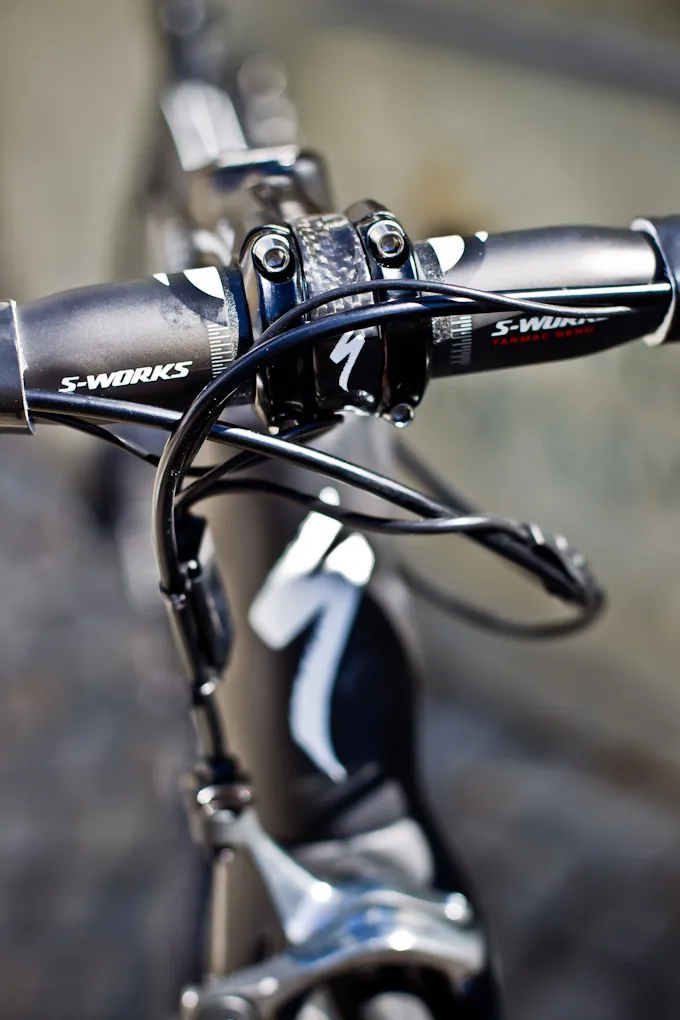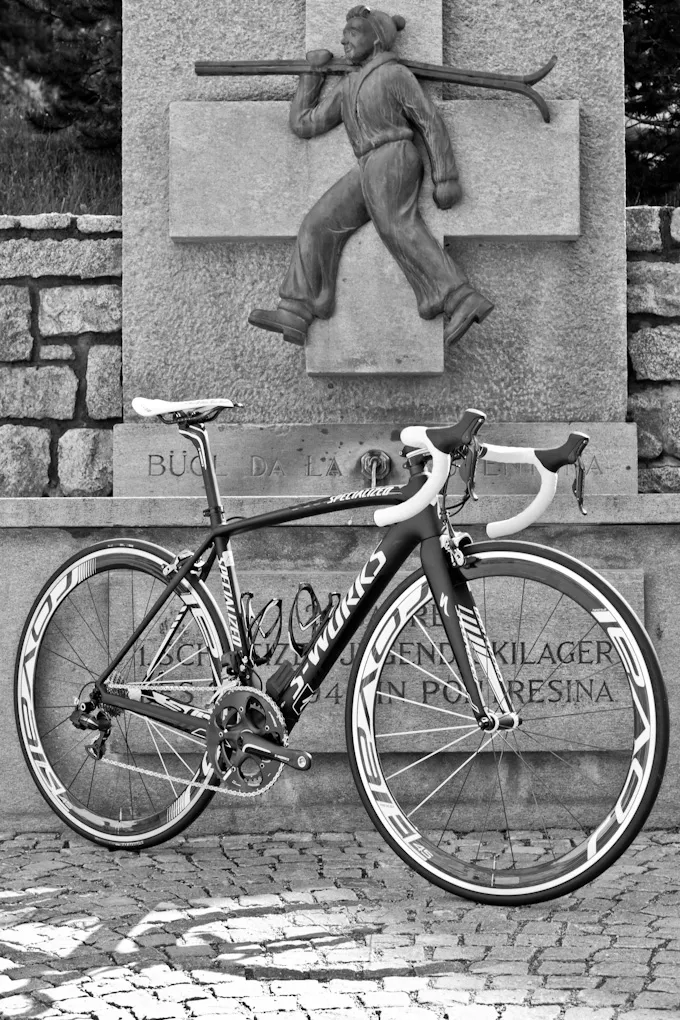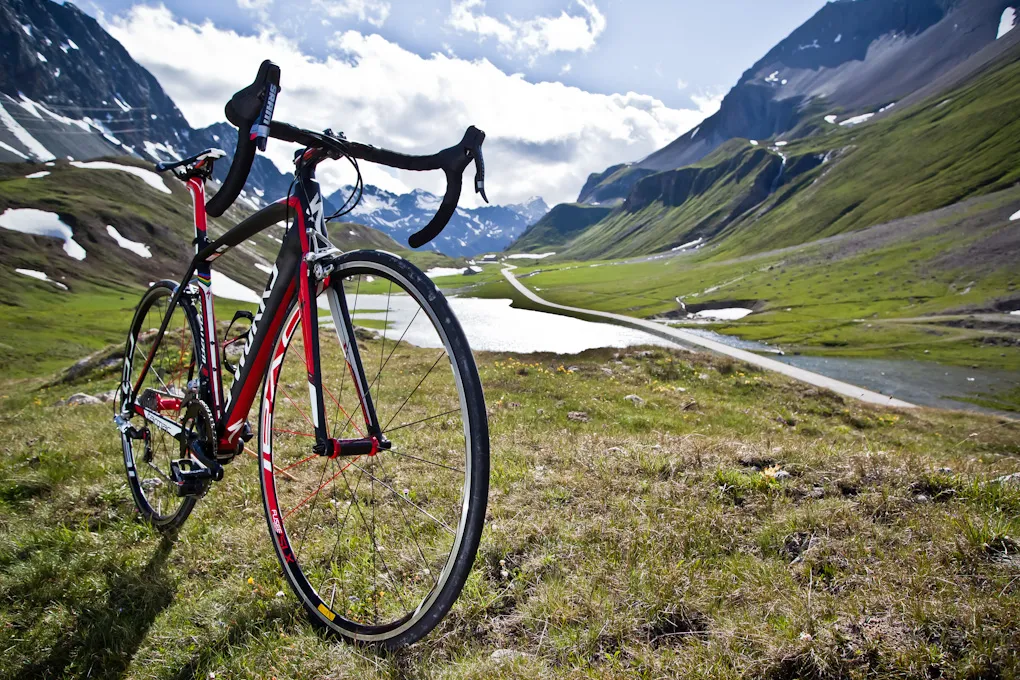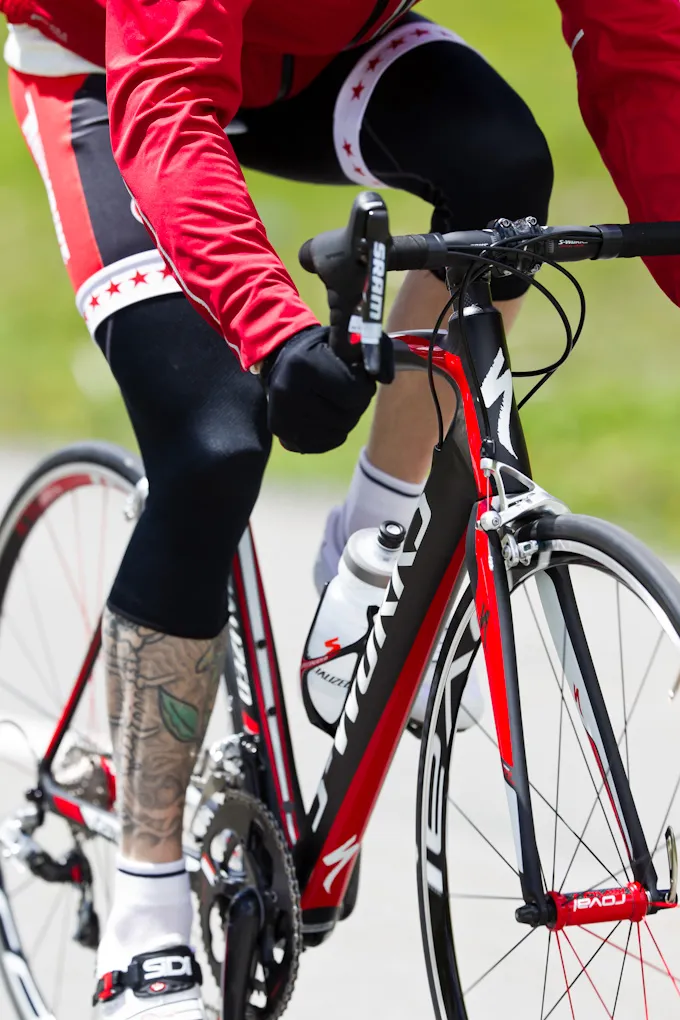With all the hype that surrounded the launch of the Venge a few months ago it could be easy to forget about the new Specialized road race machine, the Tarmac SL4. While the Venge was designed for sprinters, muscle-bound lead-out men and solo breakaway merchants, the Tarmac is meant for climbers and general classification contenders.
In the short time since it was launched back in 2004 it’s been ridden to stage wins in all the Grand Tours, thanks to the likes of Levi Leipheimer, Paolo Bettini and Mario Cipollini.
The first ever Tarmac, instantly recognisable for its arched top tube, was made from aluminium with a carbon top tube. It was difficult to make, super expensive and only came in four sizes. A year later it was an all-carbon affair with full system integration – meaning that components such as cranks and forks were made exclusively to complement the overall design of the bike.
This went a step further in 2006 when pro-rider Tom Boonen insisted on several changes that included size specific chain stays. So if you bought a large, it had fatter chain stays than a medium. It sounds obvious, but even now plenty of bikes don’t have this.
These days it’s all made from carbon and is now in its fourth generation – the all-new Tarmac SL4. We were in St. Moritz, Switzerland for a press-only launch, before it's revealed to the wider world on the first day of the Tour de France.
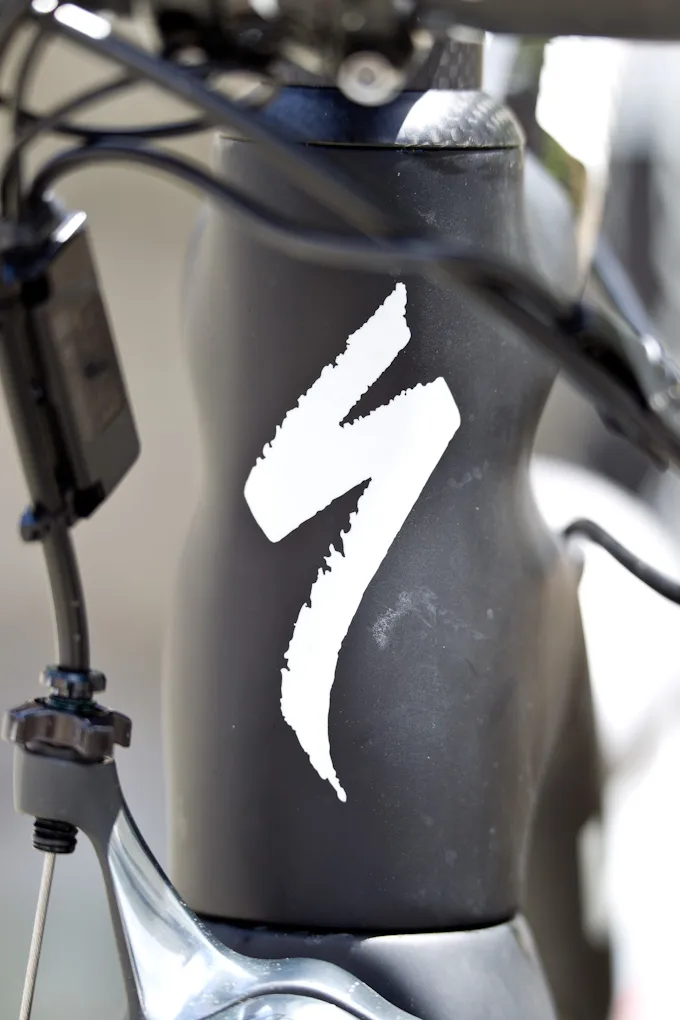
The Tarmac SL4 features the same geometry as the Venge, and borrows a few of the most successful elements from their latest sportive specific model, the Roubaix. The most notable is the head tube. They’ve changed the inside diameter from the previous version, the SL3. The bottom is now 1-3/8in while the top remains 1-1/8in. It gives it a funny-looking shape, a bit like Marilyn Monroe in profile. It’s a small change, but it meant that the fork could be lighter. It also meant it could have a bigger down-tube for greater stiffness. And when you look at that down-tube it really is super beefy, but tapers down as it nears the bottom bracket.
The top tube has changed too. As you sit on the saddle and look down you can see it has a cobra’s head shape as it nears the stem and handlebars. The tubing bulges out to the sides, which Specialized designer Chris D’Alusio says increases torsional stiffness compared to flat edges. This in turn improves the tracking between the front and rear wheels. New double-tapered chain-stays help the handling too. They’re fatter than before, and reduce shudder when you’re braking hard down a mountain.
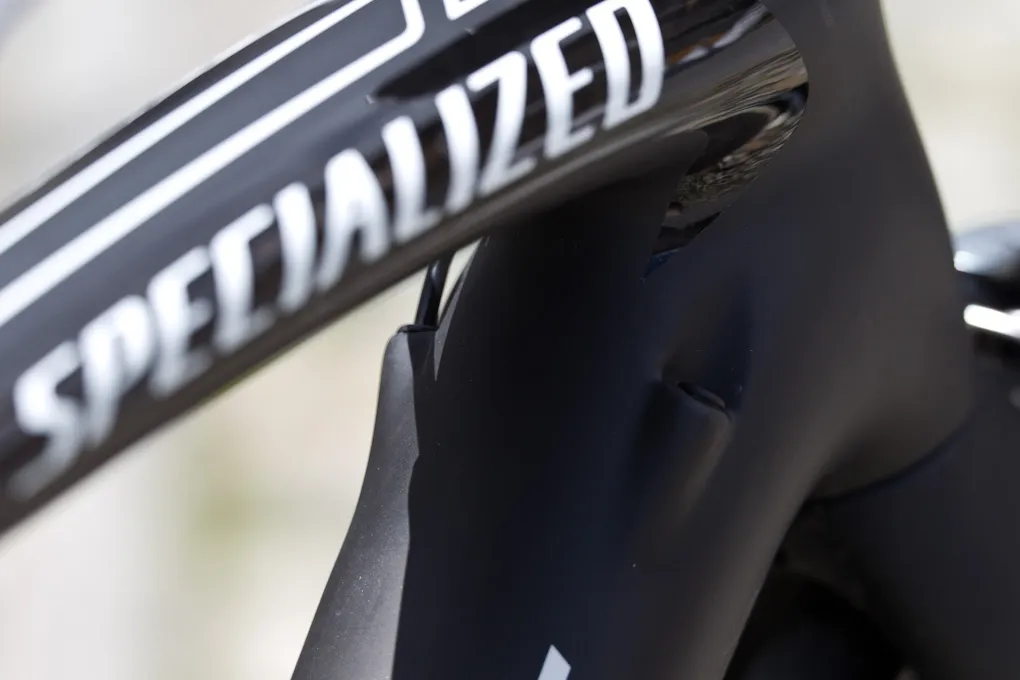
There are a few other changes which might not boost your performance, but could make life easier. One example is a carbon clip that holds the stem together even when you undo all the bolts. It means you can make as many changes and adjustments as you like without needing three hands to hold it all together. The new wheel drop-outs are nice too, made from hollow carbon to save weight and allow the rear derailleur cable to run cleanly through the top. The rest of the cabling is just as neat and is also Shimano Di2 ready, with a window underneath the bottom bracket for easy maintenance and stops on the frame to attach a battery pack.
All of these new features add up to a claimed 19% improvement in stiffness compared to the Tarmac SL3. The overall weight has been reduced by 50 grams too, although Specialized insist that the key design features for the SL4 are ride quality and handling. The overall weight of the frame, fork, seatpost, headset and crank tips the scale at 1995g. Specialized say that the SL4’s stiffness and lightness surpasses that of its competitors, which include Felt, Cervelo, Scott and Pinarello.
